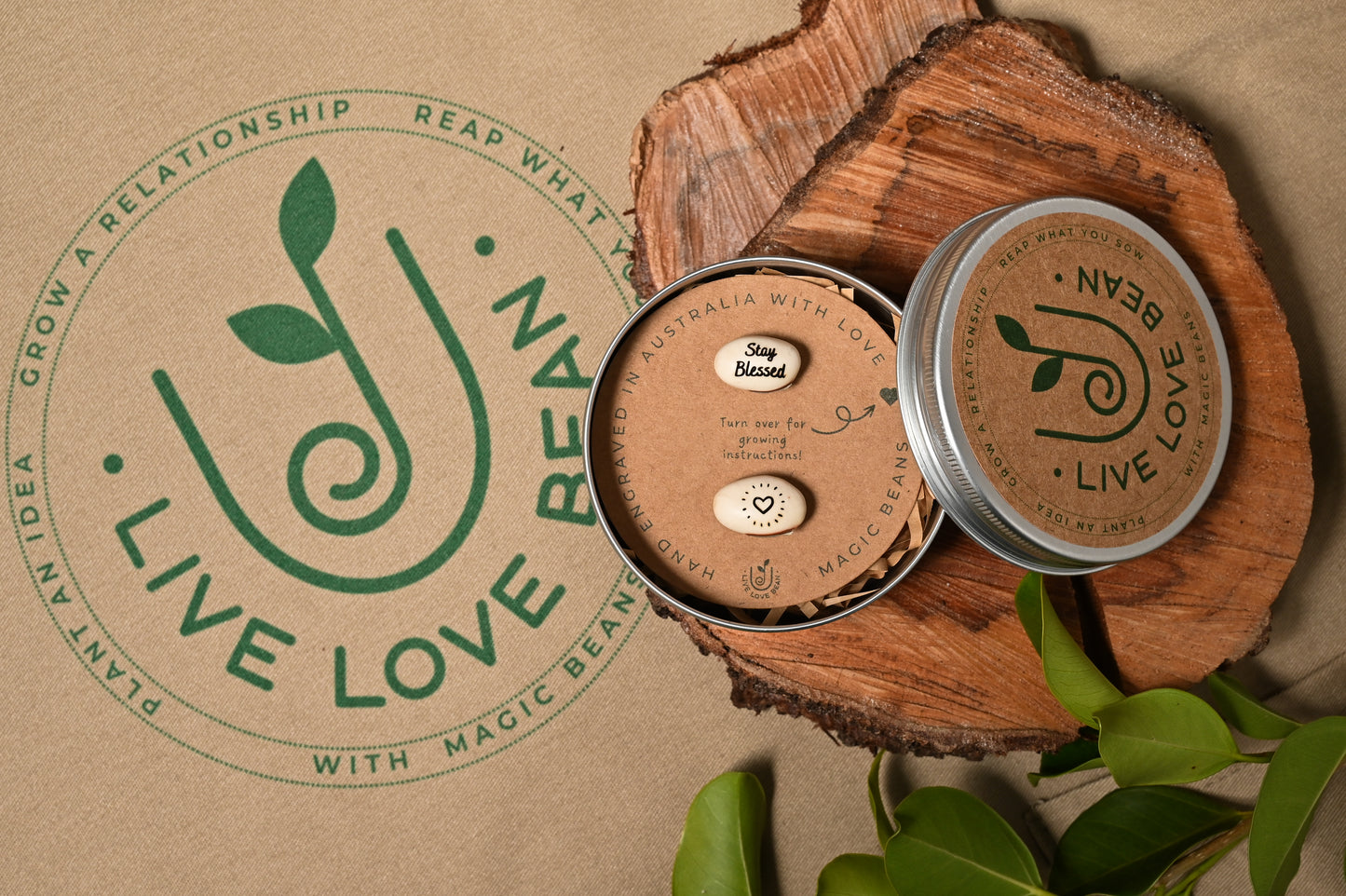
In the summer months, it’s sometimes hard to keep kids out of the garden, especially if you’ve marked off an area just for them to grow their own vegetables and flowers. But what about winter, when chilly temperatures force you inside? What can you do to keep your children interested in gardening?
The answer is “plenty!”
Here are some ideas to get you started thinking about indoor gardening projects for your family, school, kinder group or youth group! I’m sure you’ll come up with others.
1. Windowsill gardens:
When frosty mornings and chilly wind keep your kids inside, try cultivating a windowsill garden. All you need is a sunny spot and a few containers of soil. Herbs are an excellent choice for windowsills.
You could even make a miniature fairy garden.
2. Peculiar plants:
What kid wouldn’t be fascinated by an insect-eating plant? Many garden centers sell Venus flytraps in their houseplant section. Then visit your library or search the Internet for more information on the natural habitat and growth habits of this unusual plant.
3. Watch seeds sprout:
Line a glass jar with a damp paper towel and insert several seeds between the glass and the towel. Place a lid on the jar, leave it on the kitchen counter, and check the paper every day to make sure it’s still moist. Seeds should sprout in a few days.
4. Kids’ gardening clubs:
If you haven’t visited your garden center lately, you’ll be pleasantly surprised to discover the trend towards kid-friendly shopping experiences. Many centers host kids’ gardening clubs or special workshops such as building a birdhouse or starting seeds indoors.
5. Read a book:
Books like Peter Rabbit or The Secret Garden can spark your child’s interest in gardening. Ask your local librarian or bookstore owner for other suggestions. After all, the adage "Read, Grow, Inspire" never dies.
6. Decorate while you wait:
Let kids indulge their natural creativity by painting inexpensive terra cotta pots to use next spring, for repotting houseplants this winter, or for birthday and thank you gifts. Kid-safe, durable paints can be purchased at most craft shops.
7. Get a jump on spring:
Plan a visit to your local garden center to buy seeds. Or let your child help select varieties from the seed catalogs. Then start seeds indoors to plant outside after the last frost. Ask the experts at your garden center or check your favorite gardening book to determine when to start seeds.
8. Worm farm:
Line a large cardboard box with a garbage bag. Fill it with soil, organic matter, and a few worms. Keep it shady and moist, but not too wet. Add kitchen scraps (vegetables only!) Worms will help teach your kids about the interdependence of plants and organisms as they turn vegetable kitchen scraps into valuable compost.
9. Garden crafts:
There are several projects you can try with your kids, depending on their age and interest - such as hand-painted plant markers or homemade whirligigs to put between rows to frighten off birds. Your local craft store should have all the supplies you need.
10. Terrariums:
Carefully place some soil and a few mosses and plants (with roots) inside a clean mayonnaise jar. Keep your indoor garden moist with a plant mister, and cover the opening with clear plastic wrap.
11. Feed the birds:
Stock up on birdseed and suet at your local garden center, and feed the birds this winter. Have your child keep a record of all the species of birds that come to the feeder and what date each first was spotted.
12. Pot People:
Draw or paint faces on small clay pots, then fill with soil. Plant grass seed, water, and watch the “hair” grow.
13. Build a birdhouse:
Birdhouse kits and plans are available at most garden centers and craft shops. This is a great activity for a cold winter’s night.
14. Plant a magic bean:
Magic beans provide kids with an extra fun element when it comes to gardening. Within a week-10 days of planting, they can watch before their very own eyes the words or images reveal themselves on the plant. The excitement will ensure their interest remains and they can have their very own plant to care for.
15: Make a mini paper pot:
Perfect for magic beans, this guide gives you the DIY tools you need to get creative. Kids will love making their own paper pots and once decorated they can be the perfect pot plant for their magic beans!

